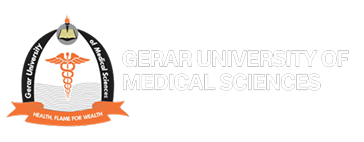
Anatomy is a branch of the biological sciences concerned with the study of the structure of organisms and their parts. It is a fundamental discipline within the Faculty of Basic Medical Sciences, forming the foundation of knowledge for various healthcare professions, including medicine, dentistry, nursing, physiotherapy, and other allied health sciences.
The study of anatomy encompasses understanding the human body’s organization at multiple levels—from the macroscopic structure of organs and systems to the microscopic details of cells and tissues.
Systemic Anatomy: Study of the body by organ systems (e.g., skeletal, muscular, nervous, cardiovascular, respiratory).
Regional Anatomy: Study of the body by specific regions (e.g., head and neck, thorax, abdomen, pelvis, limbs).
Cellular Anatomy: Examination of the structure and function of cells.
Tissue Anatomy: Study of tissue types (epithelial, connective, muscle, nervous) and their organization within organs.
Study of human development from conception to birth.
Focus on embryonic growth, differentiation, and congenital anomalies.
Study of the nervous system’s structure, including the brain, spinal cord, and peripheral nerves.
Emphasis on understanding neural pathways and functional areas of the brain.
Analysis of anatomical similarities and differences across species.
Essential for understanding evolutionary biology and functional adaptations.
Practical application of anatomical knowledge in medical practice.
Important for identifying anatomical landmarks, variations, and relationships crucial in surgery, radiology, and physical examinations.
Foundation of Medical Knowledge: Anatomy provides the structural basis for understanding human physiology, pathology, and clinical practices.
Essential for Diagnosis & Treatment: Accurate anatomical knowledge is vital for interpreting diagnostic images, planning surgeries, and performing medical procedures.
Enhances Clinical Skills: Proficiency in surface anatomy and anatomical landmarks improves physical examination techniques and clinical assessments.
Prevention & Management of Anomalies: Embryology and developmental anatomy aid in understanding congenital disorders and their origins.

Imope, Local, Government Area, Ijebu Ode, Ogun State, Nigeria
Email: info@gumed.edu.ng
Tel: +234 812 630 7303